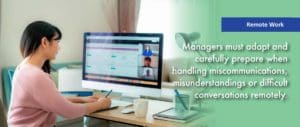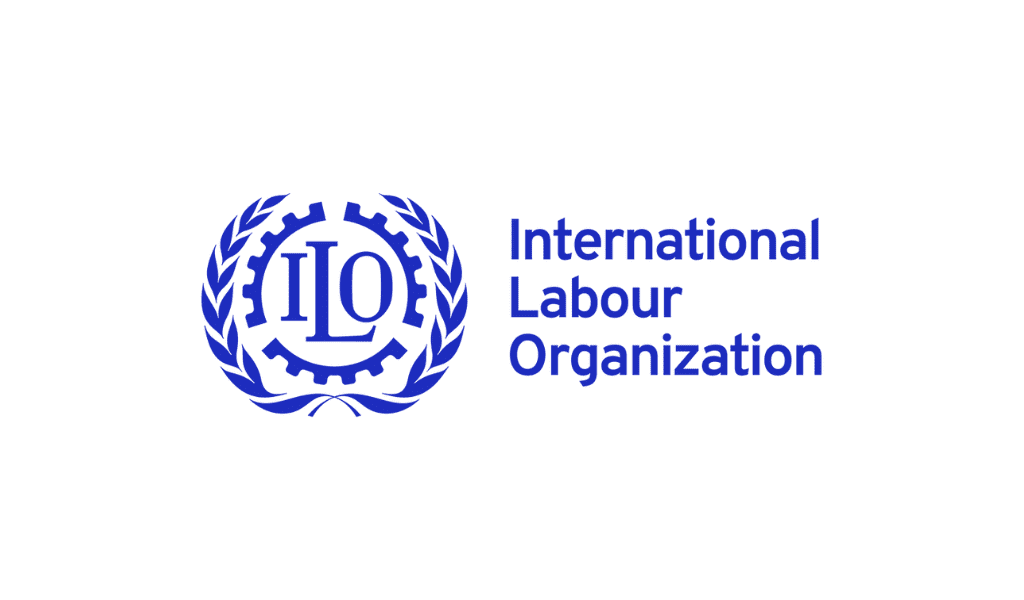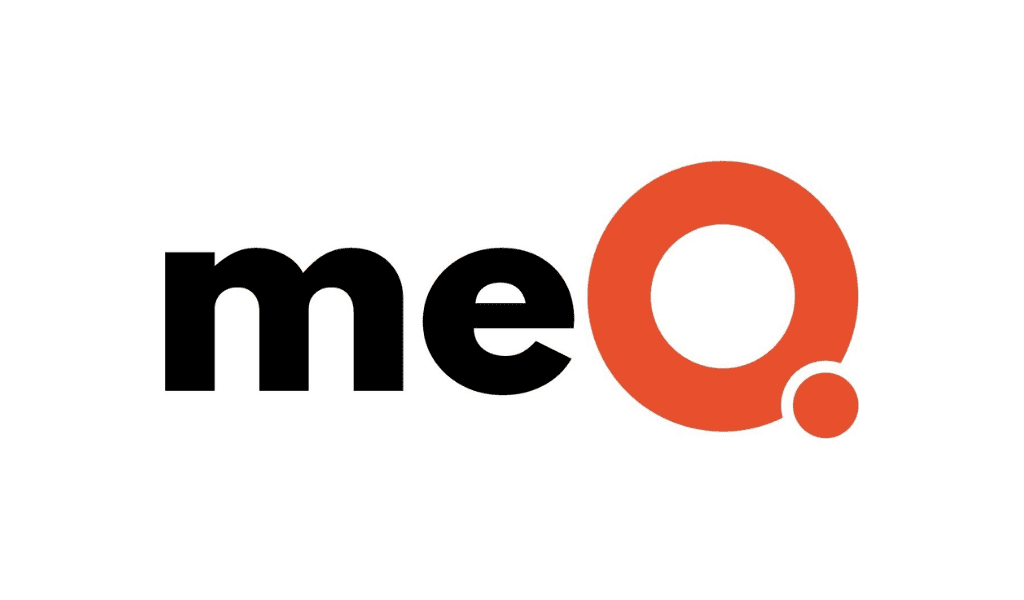Strategies to improve the effectiveness of having difficult conversations in a remote working world.
By Sharon Kittredje
The pandemic catalyzed employees’ desires to find work-life balance, better technology, empathetic cultures, and managers who value them and appreciate hard work. As a result, the workforce is experiencing a structural change that is redefining the future of work. In fact, remote and hybrid work models are not only here to stay, but are expected in many cases. According to a survey from Flexjobs, 44% of employed individuals know at least one person that has already quit or is planning to quit their job due to in-person work requirements. And, according to a Gallup report, 45% of full-time U.S. employees work from home either all (25%) or part of the time (20%).
Over the last year, HR quickly discovered that while remote and hybrid work is revered widely, it has its share of drawbacks. Sometimes, it is easier to send an email or connect via Slack instead of jumping on a call. As a result of remote work adoption, some individuals have never had the opportunity to meet their co-workers face-to-face. The dynamic energy shared between employees is missing when work is remote and can be detrimental to effective communication.
Navigating difficult conversations remotely adds a layer of complexity. Frankly, quitting a job or becoming increasingly unhappy about the ability to form emotional attachments in the workplace is normalized. A lingering effect of the ongoing pandemic is an absence of companionship and sense of a strong remote company culture within many organizations. When participating in a virtual meeting or phone call, the familiar social cues and habitual body language are often presumed rather than accurately perceived in real-time.
Similar to the challenges experienced among teams within office spaces, managers have to adapt and carefully prepare when handling miscommunications, misunderstandings or difficult conversations remotely. With The Great Resignation happening, the stakes are even higher to keep talented employees on board and ensure their communication needs are being met.
It is essential to remember there are many variations of difficult conversations. Is someone being fired, or are they just underperforming, and does HR need to develop an effective resolution? Below are several best practices for navigating difficult conversations remotely while simultaneously gaining a better understanding of common mistakes and how to sidestep them.
• Give the employee a choice in communication method ahead of time: psychological accommodation matters. As managers of people heading into a difficult conversation, it’s imperative to establish a comfortable setting and foundation of trust. Asking the employee their preferred method of communication is thoughtful and will lessen the individual’s need to feel protected or defensive.
• Plan ahead. Preparing for the discussion and organizing thoughts into a plan that accounts for contingencies is crucial to a healthy and successful outcome, despite the information or news being delivered. The one advantage that managers have while being remote is that notes can be prepared in advance. Outline important points to make, the desired outcome, and a method for redirecting the conversation if the discussion goes sideways.
• Be explicit, concise, and transparent with the delivery. Having difficult conversations that are as specific as possible are most successful. Prioritize getting to the point, just like ripping off a band-aid. Also consider establishing ground rules among both parties, including self-awareness, trying not to become defensive, speaking honestly and frankly, understanding a resolution may not come with one conversation, and gaining agreement.
• Create an active listening cycle. Active listening cycles include asking meaningful and open-ended questions, taking the feedback and reframing it through a manager’s lens, and sharing that back. Be sure to add an observation, idea, or suggestion so the other person feels heard, understood, and connected. Depending on the message and desired outcome, both parties can co-create action items, agree on next steps, and set timelines/deadlines. Active listening can be accomplished by checking in; asking the employee to confirm what they heard; inviting them to ask questions and comment; and continuing the feedback loop explicitly and patiently.
• Set a time limit. Video meeting fatigue is defined as a feeling of being drained and lacking energy following a day of virtual meetings. A study from the Journal of Applied Psychology points to virtual meeting fatigue influencing performance, even on the following day. When employees are tired or worn out, it’s a lot harder to bring the necessary presence and energy required to connect meaningfully while navigating a difficult conversation. Reserve only an hour for the meeting. It is OK to break up the conversation and this way, there will be space for parties to breathe and avoid exhaustion.
• Visualize for a moment the emotional experience when navigating a strenuous conversation with a colleague. Unnatural, awkward, and uneasiness come to mind, but it does not have to be this way. Remote and hybrid work are the future so every manager needs to adapt to having difficult conversations remotely. Good, clear communication helps build trust with co workers and strengthens the organizational culture.
These skills are essential to hone, as they promote efficient work ecosystems that encourage better work-life balances. By equipping employees with the best tools for creating dynamic and open workplace communication, the future of remote work will be much brighter.
Sharon Kittredje is vice president of people at Agora.















